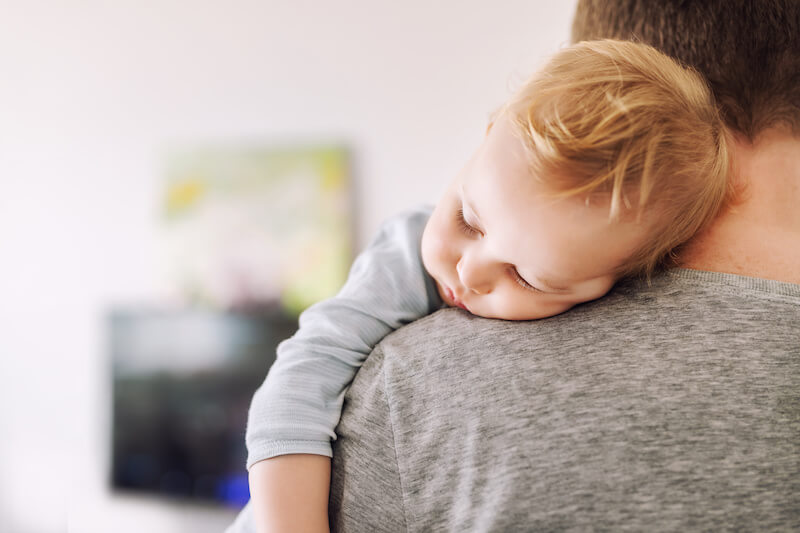
Let’s talk about something that’s pretty common among youngsters – separation anxiety. You know, those tears and tantrums when kids are separated from their parents or caregivers? It’s not just a random act of distress; it’s a phase known as separation anxiety, and hence to follow the route of positive parenting, we need to understand toddler behaviour. Parenting Prep with Dr Swati helps us understand the value of child development and how parenting advice plays an essential role during separation anxiety. So, let’s dive into what this phenomenon is all about.
Object Permanence:
To understand separation anxiety, we need to get acquainted with a fancy term called “object permanence.” This term describes a significant cognitive milestone in your child’s life. It’s all about the understanding that things continue to exist even when they can’t be seen.
Out of Sight, Out of Mind:
Before your child reaches this milestone, their world is pretty straightforward – if they can’t see it, it doesn’t exist. For example, if they drop a toy from their high chair, it’s like it vanished into thin air. No biggie, right? Out of sight truly means out of mind.
The Shift in Perspective:
But around eight or nine months of age, something fascinating happens. Your little one drops a toy, and instead of forgetting about it, they lean over to see where it’s gone. They recognize that the toy still exists but isn’t within their immediate view. They’ll eagerly want it back, only to toss it away again, leaving you wondering if they’re plotting mischief.
The Birth of Object Permanence:
This is the birth of object permanence, and it’s also when children start experiencing separation anxiety. They cry when their parents leave them at daycare, or when their teacher steps out of the room. Why? Because now they understand that if an adult isn’t in their sight, they’re somewhere else entirely. Their tears and tantrums are their way of trying to bring the missing adult back.
The Solution: Keep Them Engaged:
To ease separation anxiety, especially at daycare, it’s crucial to keep children engaged with intriguing toys. Toys that spark their interest and capture their attention are like gold. Kids at this age love toys they can push, pull, and manipulate – objects that keep them occupied and comforted.
The Role of Parents and Teachers:
Equally important is how parents and teachers respond to separation anxiety. Sneaky “slip-away” tactics, where a parent leaves when the child isn’t looking, should be avoided. Instead, parents should ensure timely pick-ups and always bid farewell to their children. Teachers play a vital role by responding to separation anxiety with love, warmth, and reassurance, making the transition smoother for these young minds.
Conclusion
So, here’s the deal: separation anxiety, while challenging, is a normal part of child development. At Podar Prep Preschool, known as the best preschool in Mumbai and a leader in early childhood education in preschools in India, we totally get it. We understand the role of object permanence, and we respond with patience and care. Both parents and educators can help children navigate this phase with confidence and emotional security. Remember, it’s just a phase, and we’re here to support you and your little ones every step of the way!
